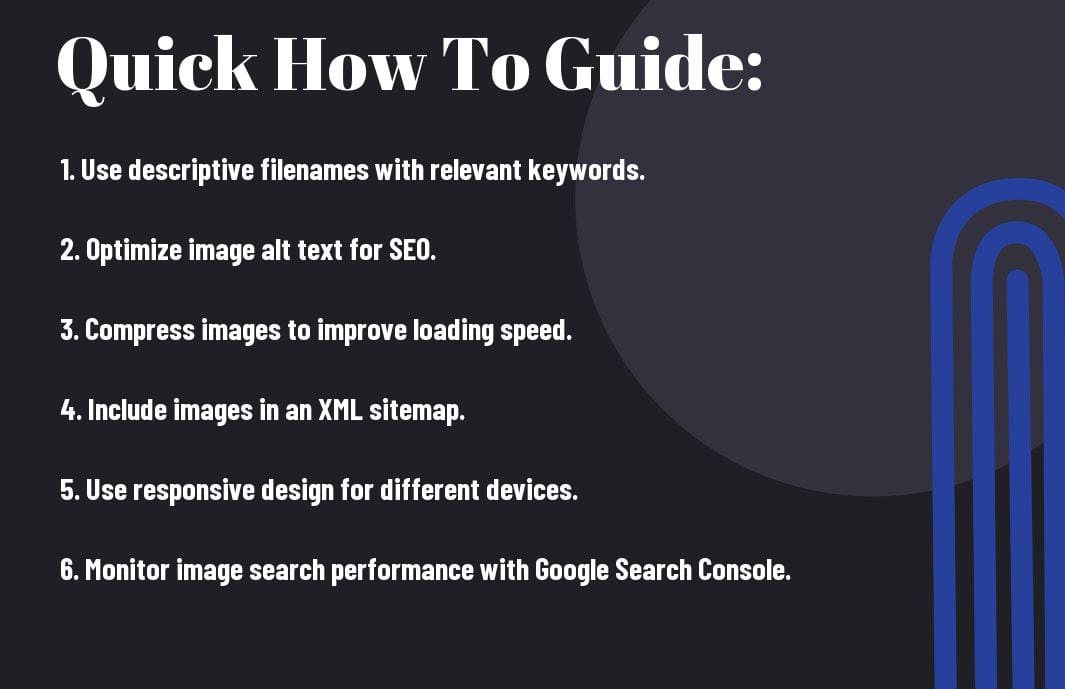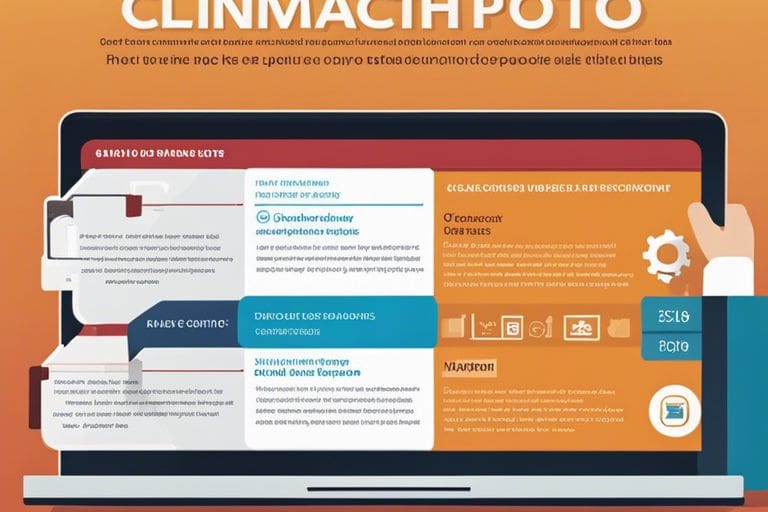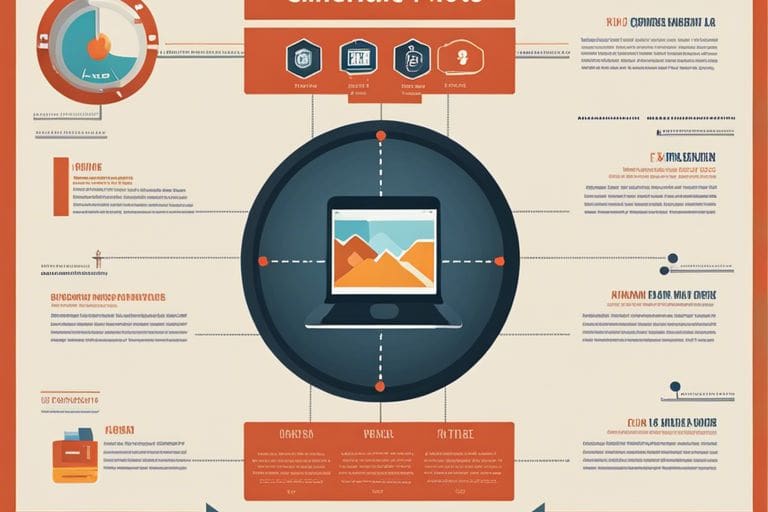Just starting a website is not enough; you need to ensure your images are easily discoverable to drive traffic and improve your search engine rankings. In this comprehensive guide, we will reveal top secrets that will help you optimize your image search effectively. From choosing the right file names and alt text to resizing and compressing images for faster loading times, these expert tips will take your website to the next level. By implementing these strategies, you can enhance user experience, boost SEO, and stand out in image search results. Don’t miss out on these game-changing insights that will set your website apart from the competition.
Key Takeaways:
- Use descriptive filenames: Rename image files with relevant keywords to improve search engine optimization for images.
- Add alt attributes: Include descriptive alt text for each image to provide context for visually impaired users and improve SEO.
- Optimize image size: Compress images to reduce load times and improve website performance, which can positively impact search rankings.

How-To: Preparing Your Images for Search Engines
Tips for Selecting Appropriate Images
If you want your images to rank well on search engines, you need to choose relevant, high-quality images that align with your content. Opt for original images whenever possible to stand out from the competition. Make sure your images are visually appealing and reinforce your message. Include alt text using descriptive keywords to improve accessibility and searchability. Perceiving your images through the eyes of your target audience can help you select the most effective visuals.
Factors Influencing Image File Naming and Structuring
On your website, the way you name and structure your image files can impact their visibility on search engines. Use descriptive file names that include relevant keywords to help search engines understand the content of the image. Avoid generic names like “IMG001” as they provide little context. Organize images into relevant folders based on content categories to enhance the user experience and aid search engine crawlers. Any confusion in file naming or structure can hinder your SEO efforts.
Factors that influence how well your images rank on search engines include file names, alt text, captions, surrounding text, and metadata. Engaging in keyword research can help you select relevant search terms to incorporate into your file names and alt text, increasing the chances of your images appearing in search results. Any missed opportunity to optimize your image file names and structure can result in lost visibility and traffic.

How-To: Improving Image Visibility on Your Website
Tips for Streamlining Image Loading Times
Many factors can impact your website’s image loading times, affecting user experience and SEO rankings. To ensure optimal loading speeds, consider the following tips:
- Optimize images for web by resizing and compressing them without compromising quality.
- Enable caching to store images locally on users’ devices for quicker retrieval.
- Utilize lazy loading to load images only when they come into view, reducing initial load times.
This will not only improve user experience but also boost your website’s performance in search engine results.
Utilizing Alt Text and Captions Effectively
The effective use of alt text and captions for your images plays a crucial role in enhancing accessibility and SEO. Any image on your website should have descriptive alt text that accurately describes the image for visually impaired users and search engine crawlers. Additionally, adding captions can provide context and engagement for users, especially on image-heavy pages.
Effectively utilizing alt text and captions can dramatically improve your website’s visibility in image searches and contribute to a more inclusive and engaging user experience.
How-To: Leveraging Image SEO with Metadata
Understanding and Implementing Image Meta Tags
All digital images contain metadata, which provides valuable information about the image content to search engines. Metadata includes details such as image title, description, alt text, and tags. By incorporating relevant keywords into your image meta tags, you can enhance the visibility of your images in search results. Make sure to accurately describe the image content in your meta tags to help search engines understand the context and relevance of your images.
Strategic Use of Structured Data for Image Search
As far as optimizing image search on your website, structured data plays a crucial role. Structured data markup allows search engines to better interpret the content of your images. An effective use of structured data can improve the chances of your images appearing in rich search results and image carousels. By incorporating structured data markup such as Schema.org or JSON-LD, you can provide search engines with additional context about your images, increasing the likelihood of them being discovered by users.
How-To: Analyzing and Refining Your Strategy
Tracking Image Search Performance and Metrics
Now, to ensure the effectiveness of your image search optimization strategy, it is crucial to track the performance and metrics regularly. Utilize tools like Google Analytics to monitor the traffic coming from image searches, the keywords driving the most traffic, and the user engagement with your images. By analyzing these metrics, you can identify what is working well and what needs improvement, enabling you to refine your strategy for better results.
Ongoing Optimization and Updates
For ongoing optimization and updates of your image search strategy, regularly audit your website for new keywords, trends, and algorithm changes. Stay informed about industry best practices and implement Schema markup to provide search engines with more information about your images. Regularly update image titles, alt tags, and descriptions to ensure they are relevant and targeted to your audience’s search queries.
Optimization is an ongoing process that requires dedication and attention to detail. By staying proactive and making continuous improvements to your image search strategy, you can boost your website’s visibility and drive more organic traffic to your site. Remember to always prioritize user experience and relevance in your updates and optimization efforts to achieve the best results.
Conclusion
Hence, optimizing image search on your website is crucial for boosting visibility and attracting more visitors. By following the top secrets shared in this how-to guide, such as using descriptive filenames, alt text, and image sitemaps, you can enhance your website’s search engine rankings and user experience. Keep in mind, images are vital elements of web content, and ensuring they are optimized will not only improve your SEO but also make your website more accessible and engaging for your audience. Implement these strategies today and watch your website rise to the top of image search results.
FAQ
Q: Why is image search optimization important for my website?
A: Image search optimization is crucial for your website as it helps improve visibility in search engine results, drives more organic traffic, enhances user experience, and boosts overall SEO performance.
Q: What are the key strategies for optimizing images for search engines?
A: Some key strategies for optimizing images include using descriptive filenames, adding alt tags with relevant keywords, compressing images for faster loading times, creating a sitemap for images, and ensuring images are relevant to the content.
Q: How can I measure the success of image search optimization efforts on my website?
A: You can measure the success of image search optimization by monitoring changes in image search rankings, analyzing organic traffic coming from image searches, checking click-through rates on image search results, and tracking conversions from image searches.




